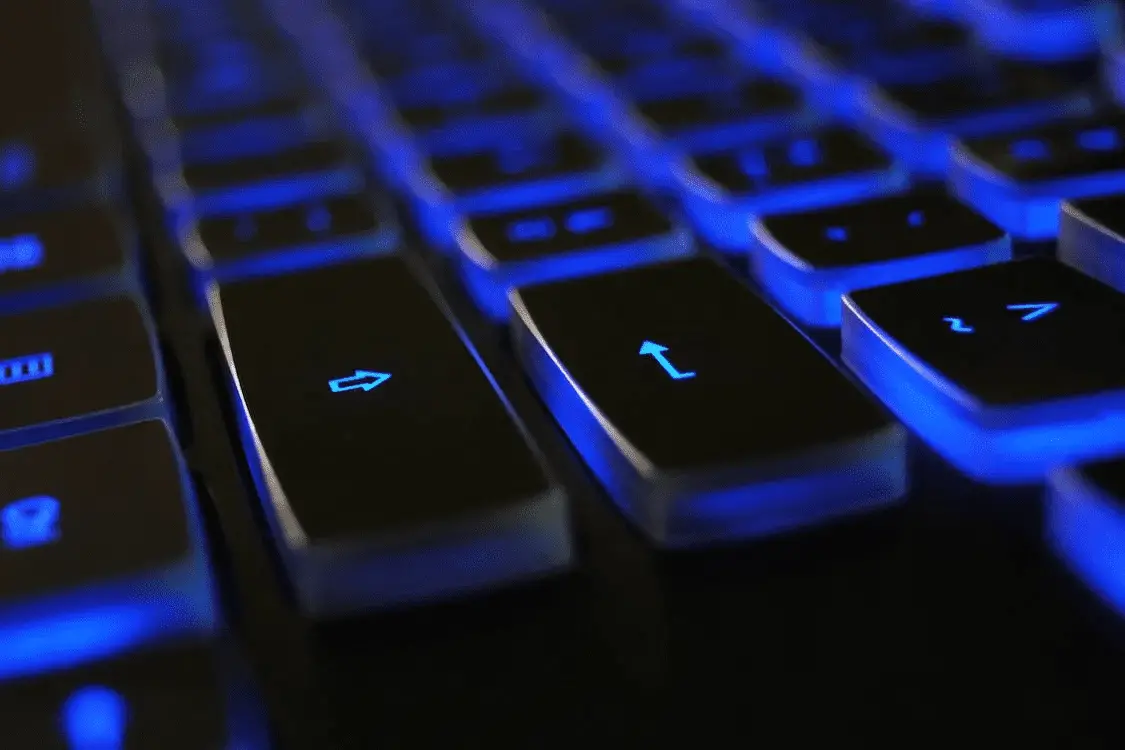
As a programmer, you spend countless hours typing away on your keyboard. You need a reliable tool that can keep up with your fast-paced workflow and provide the utmost precision in every keystroke.
That’s where mechanical keyboards come in – but do you really need one?
In this blog post, we’ll explore the benefits of using a mechanical keyboard for programming and help you decide if it’s worth investing in one. So grab a cup of coffee and let’s dive into the world of mechanical keyboards!
What is a Mechanical Keyboard
A mechanical keyboard is a type of keyboard that uses individual switches for each key instead of a rubber dome or membrane. Each switch has a metal spring that activates when the key is pressed, providing tactile feedback and an audible click sound.
One of the main benefits of using a mechanical keyboard for programming is its durability. Unlike traditional keyboards, which often wear out after heavy use, mechanical keyboards are designed to withstand millions of keystrokes.
Another advantage is their customizability. Mechanical keyboards come in different layouts, sizes, and colors, allowing you to choose one that fits your personal preferences and needs. You can also swap out the keycaps or even program macros for specific shortcuts.
While they tend to be more expensive than regular keyboards, many programmers swear by them as essential tools for productivity and comfort during long coding sessions.
How to choose the right mechanical keyboard for programming?
When choosing a mechanical keyboard for programming, there are a few things to consider. First and foremost, you should look at the type of switches the keyboard uses. Some popular switch types include Cherry MX Red, Brown, Blue or Black.
Another important factor to consider is whether the keyboard has backlighting or not. Backlighting can make it easier to see your keys in low-light situations which makes it great for late night coding sessions.
It’s also important to choose a mechanical keyboard with enough programmable macro keys that can be used as shortcuts when working on complex projects. These macros help save time and improve workflow efficiency.
Size is also an important consideration when choosing your mechanical keyboard; if you prefer more space between the keys then go with a full-sized one, otherwise opt for one that is smaller like TenKeyLess (TKL) size keyboards.
Consider looking into ergonomic designs such as split-keyboards or ones with wrist rests as they help reduce strain on your hands during long periods of typing which helps prevent issues such as Carpal Tunnel Syndrome from developing over time.
The benefits of using a mechanical keyboard for programming
Tactile Feedback
There are several benefits to using a mechanical keyboard for programming. Firstly, mechanical keyboards provide tactile feedback when keys are pressed, which can help in achieving an accurate and faster typing speed.
Long Lasting
Secondly, the switches used in mechanical keyboards tend to last longer than traditional rubber dome switches found in regular keyboards. This means that you won’t have to replace your keyboard as often, making them a more cost-effective option in the long run.
Customizable
Thirdly, most mechanical keyboards come with customizable keycaps and layouts which can be tailored specifically for coding tasks. This allows programmers to optimize their workflow by assigning frequently used keys or macros for quick access.
N-key rollove
Additionally, many mechanical keyboards offer full N-key rollover which eliminates ghosting issues common on other types of keyboards. This is especially useful for programmers who need to input multiple keystrokes simultaneously or execute complex shortcuts.
Using a high-quality mechanical keyboard can reduce hand fatigue and strain during extended coding sessions since they require less force than membrane-based alternatives. Investing in a good quality mechanical keyboard can greatly enhance your programming experience while providing numerous benefits over traditional options.
How to care for your mechanical keyboard?
Taking care of your mechanical keyboard is essential to ensure that it lasts long and functions well. Here are some tips on how to keep your mechanical keyboard in top shape:
Firstly, avoid eating or drinking near your keyboard as spills can cause permanent damage. If you do accidentally spill something, immediately turn off the keyboard and clean it with a damp cloth.
Regular cleaning is also important for maintaining your mechanical keyboard’s performance. Use a soft-bristled brush or compressed air to remove any dust or debris from the keys and switches.
Another essential aspect of caring for your mechanical keyboard is proper storage when not in use. Keep it away from direct sunlight, moisture, and extreme temperatures.
You may also want to consider investing in a protective case or cover for transport purposes or when storing it for extended periods.
Make sure to check the manufacturer’s instructions regarding maintenance and repair procedures so that you don’t void any warranty agreements by accidentally damaging any parts while cleaning them yourself.
By following these simple steps, you can help prolong the lifespan of your mechanical keyboard while ensuring its optimal functionality during programming sessions.
Conclusion
Mechanical keyboards are a great choice for programming as they provide precise tactile feedback which helps you stay focused and improves accuracy. With so many options available, it can be hard to choose the best keyboard for your needs.
However, if you want an ergonomic design with features such as backlit keys and dedicated macro keys then a mechanical keyboard is definitely worth considering.
Not only will it make typing easier but it’ll also improve your overall computing experience!
Author Bio
Hussain from TheTechSetup is a self-taught “tech nerd” and has been tinkering with computers & keyboards since he was a kid. After working in the IT industry for a few years, he decided to start blogging as a way to share his knowledge with others.